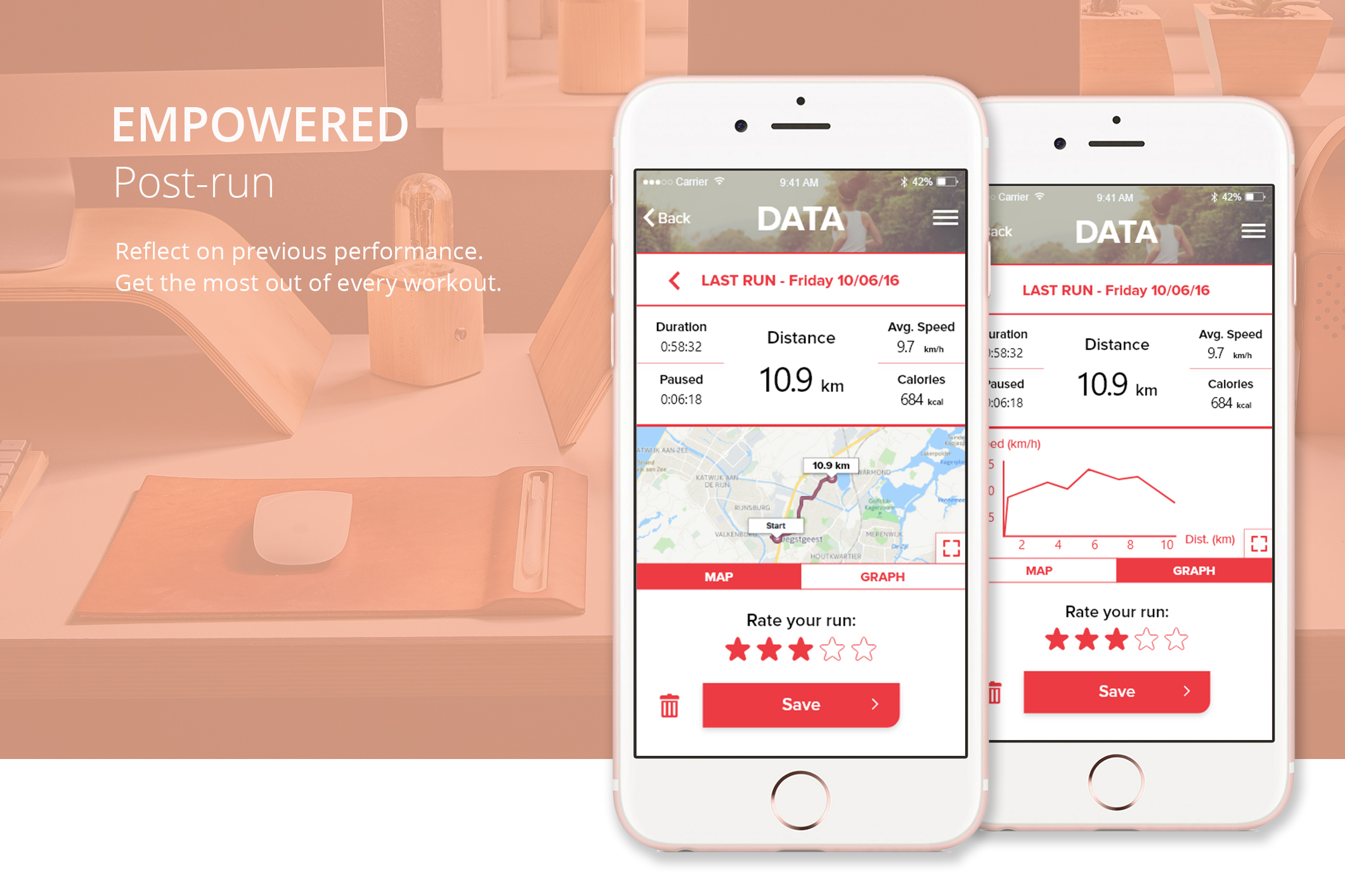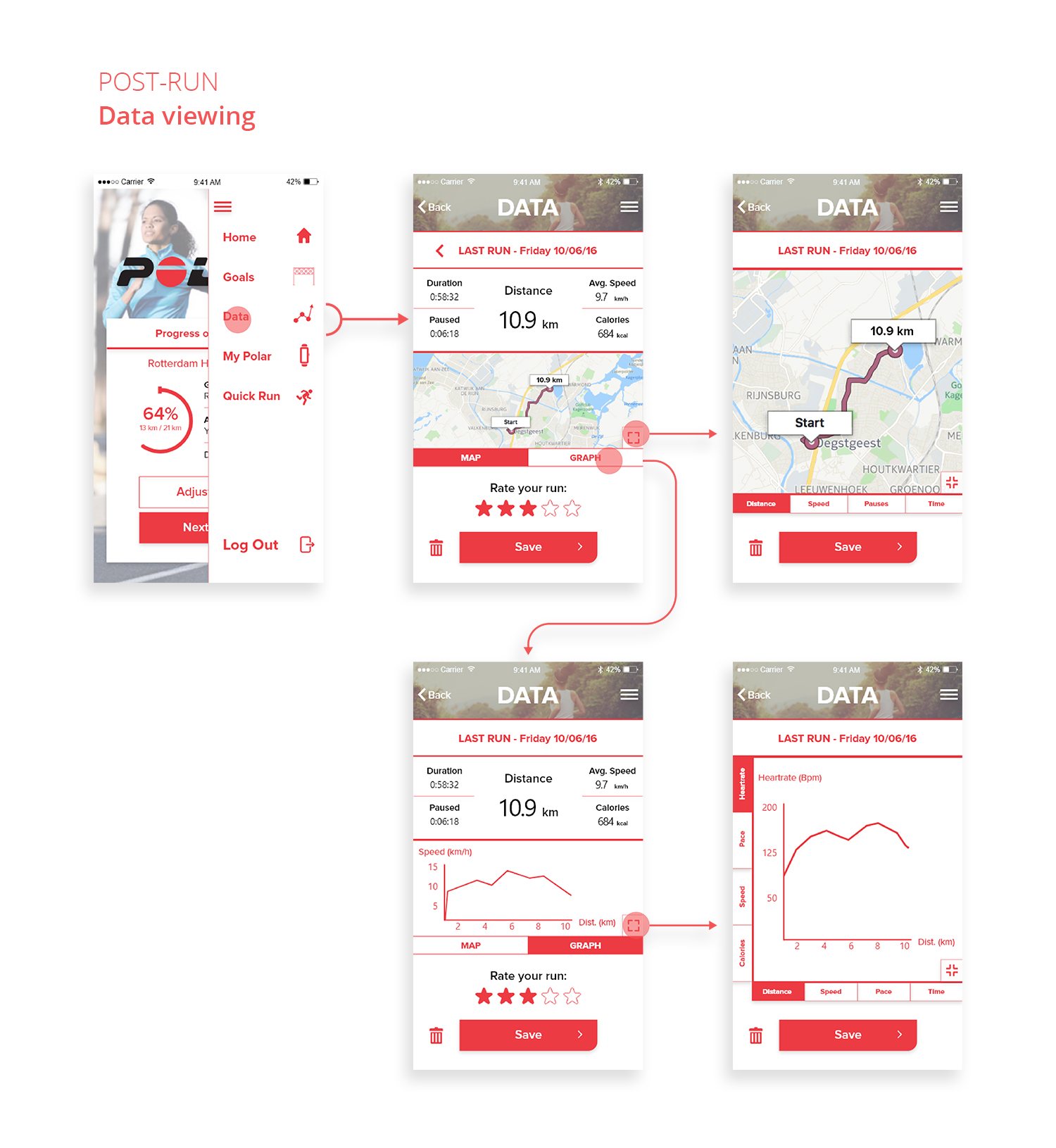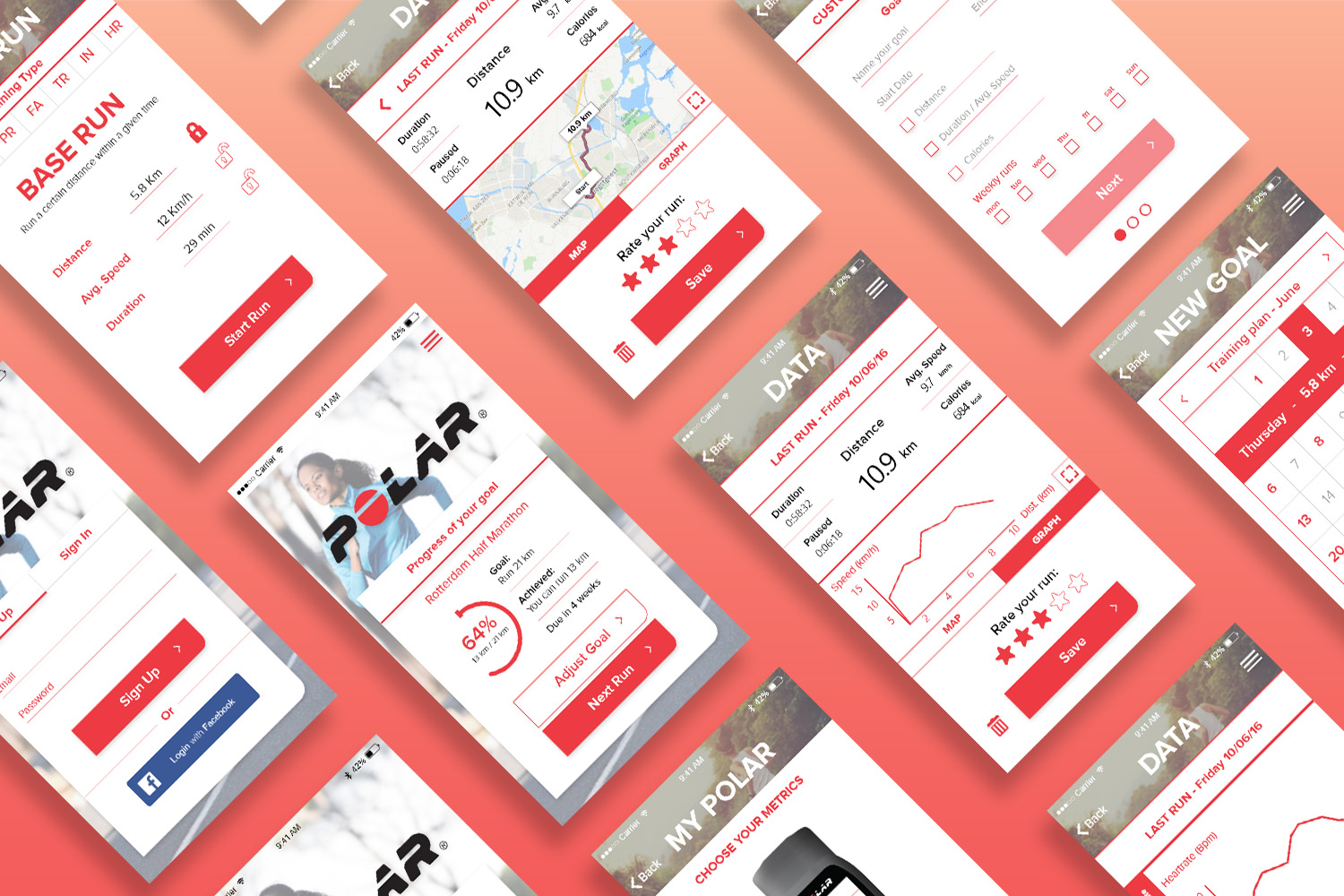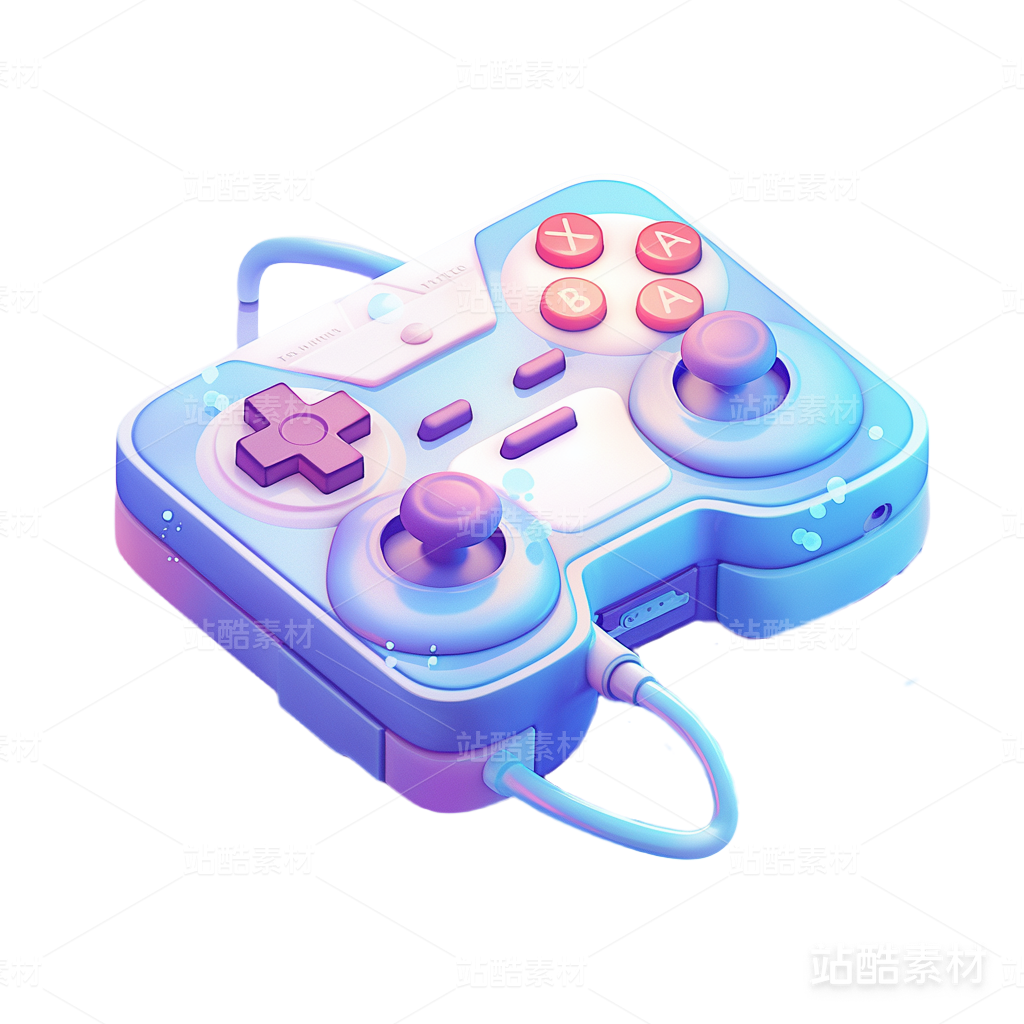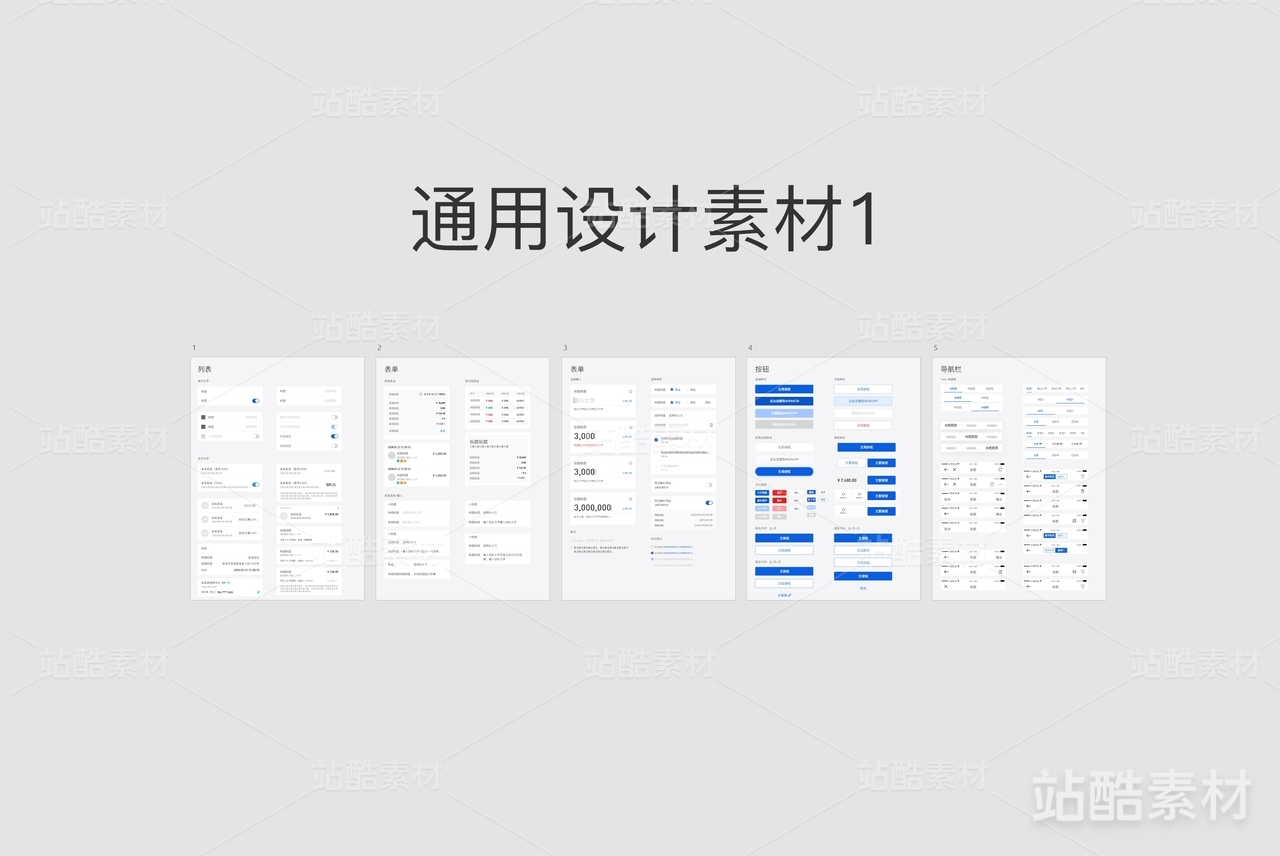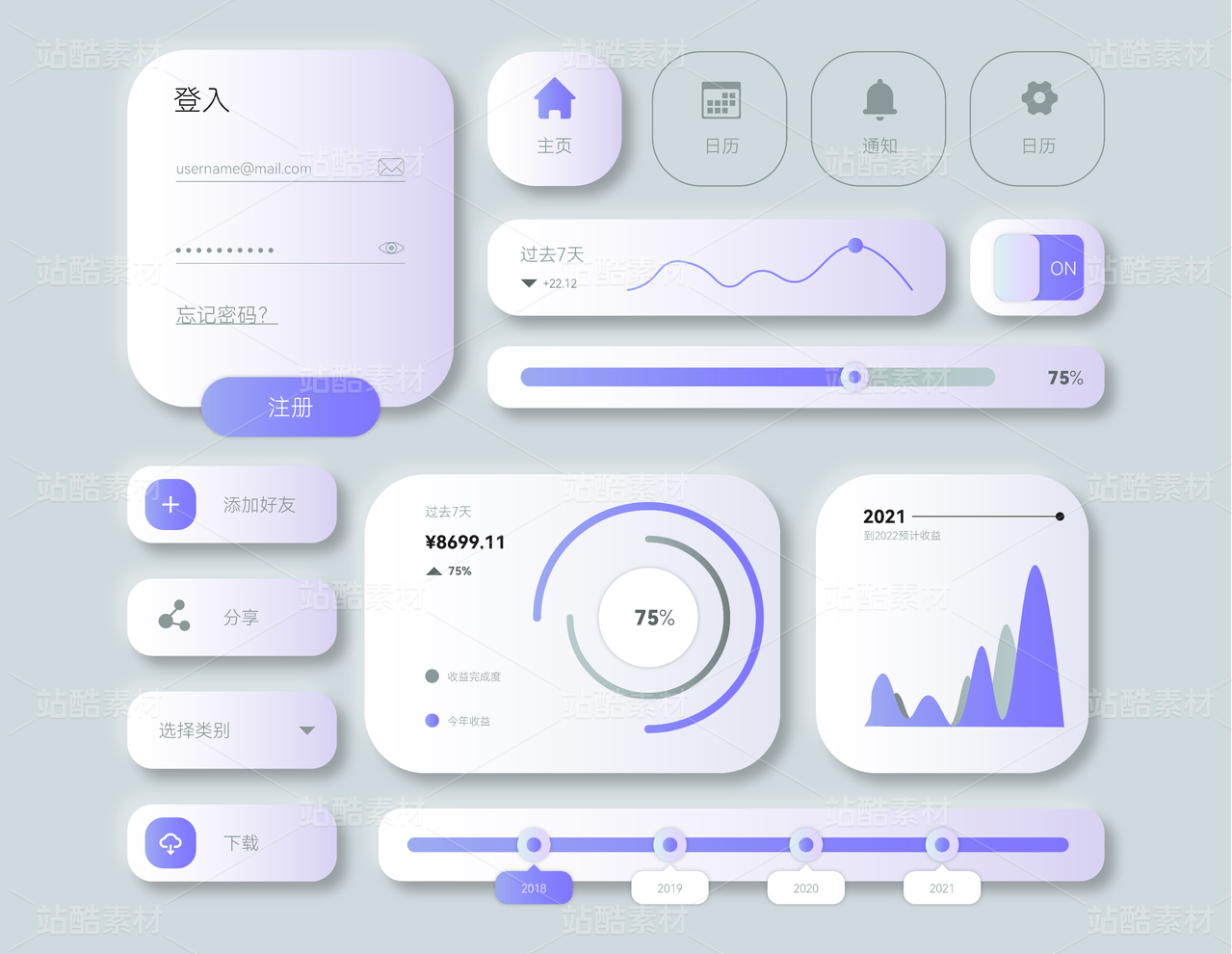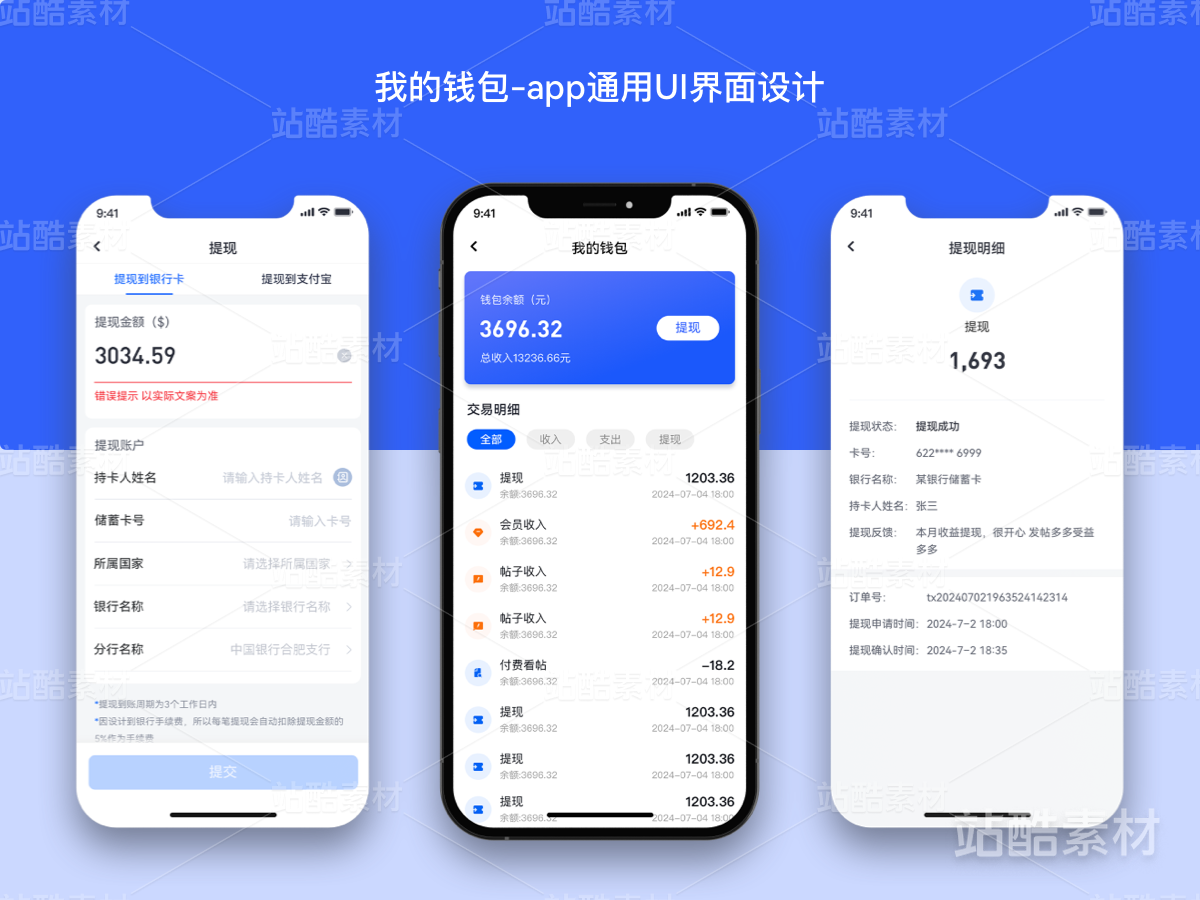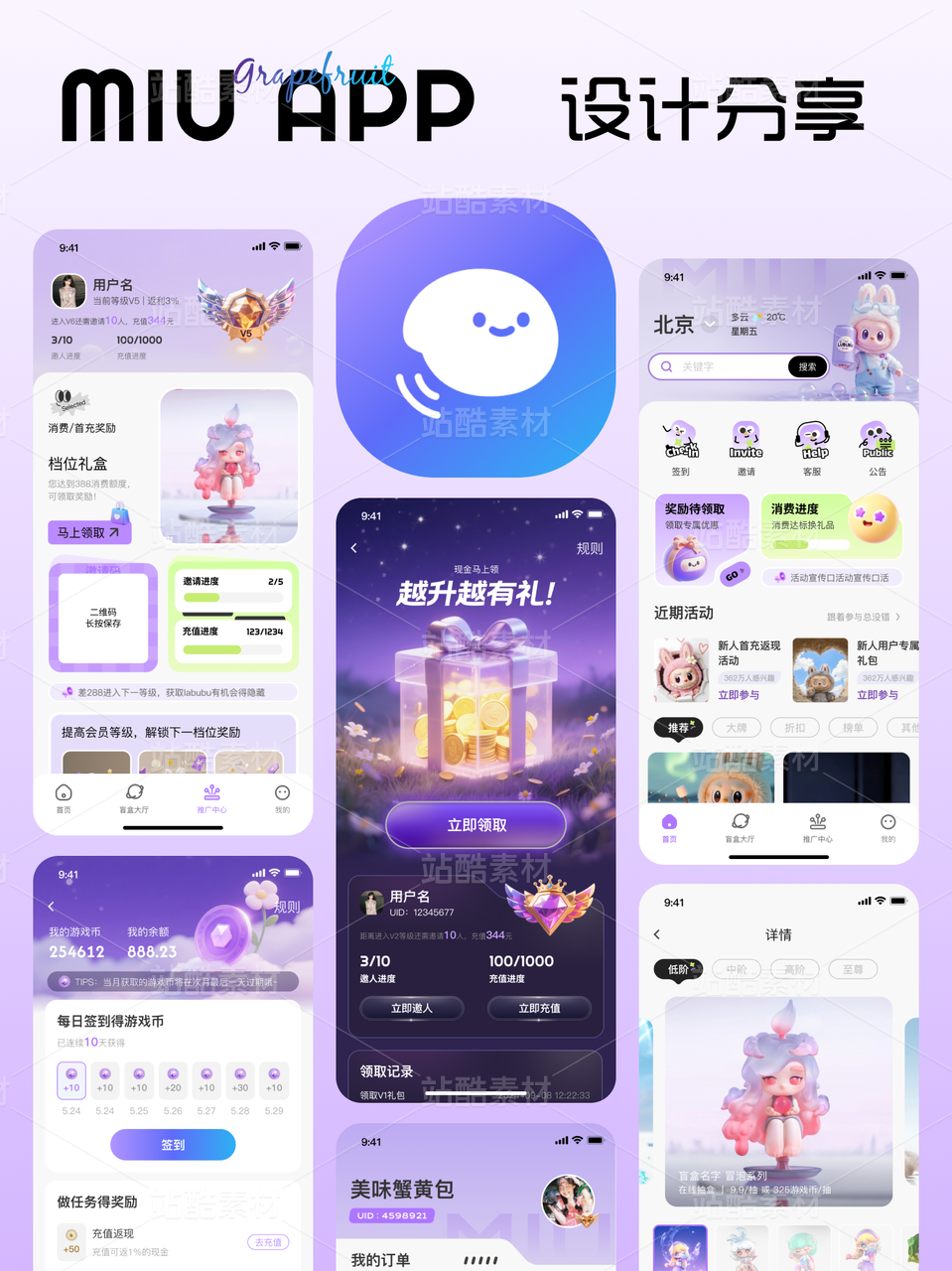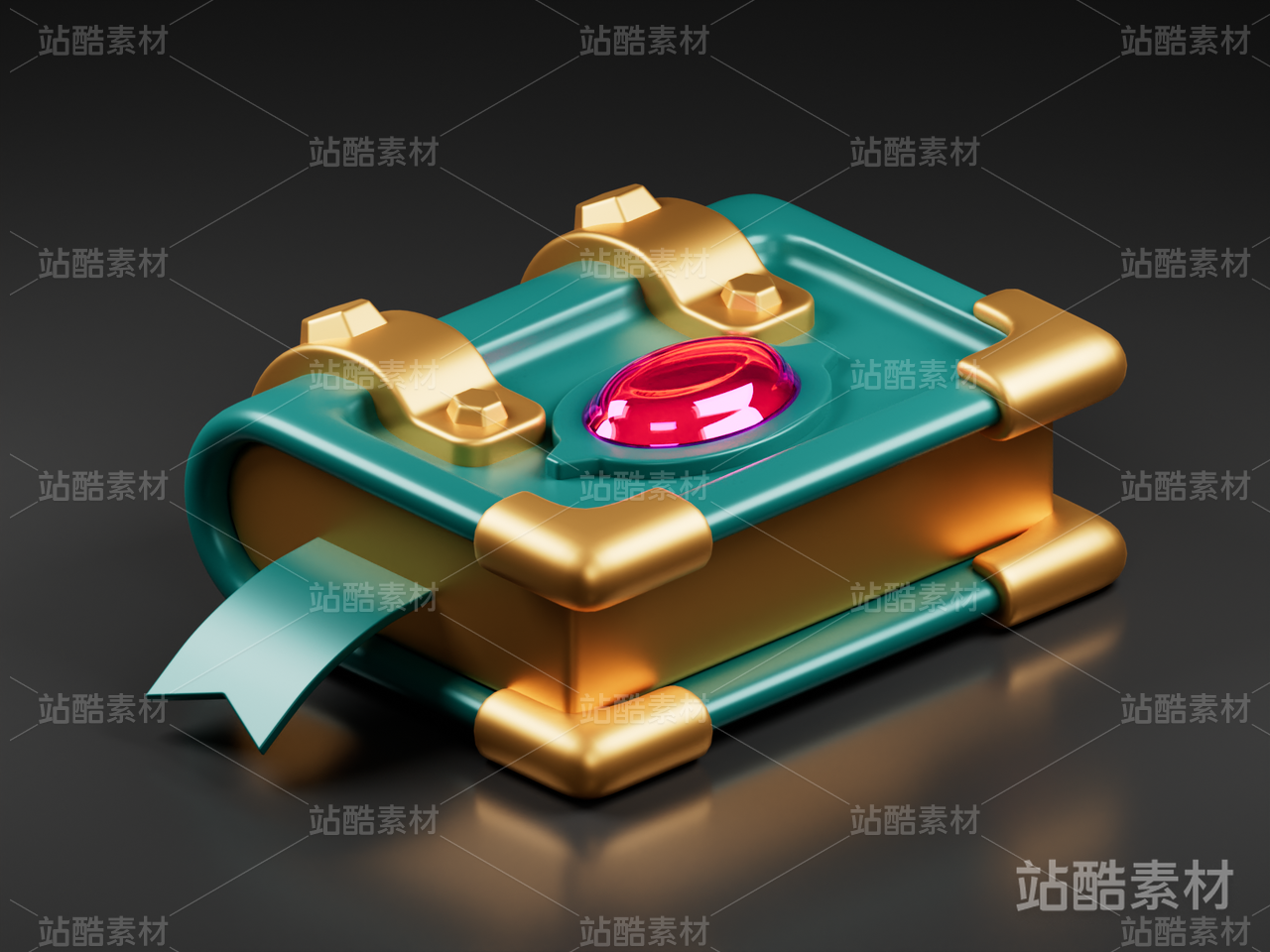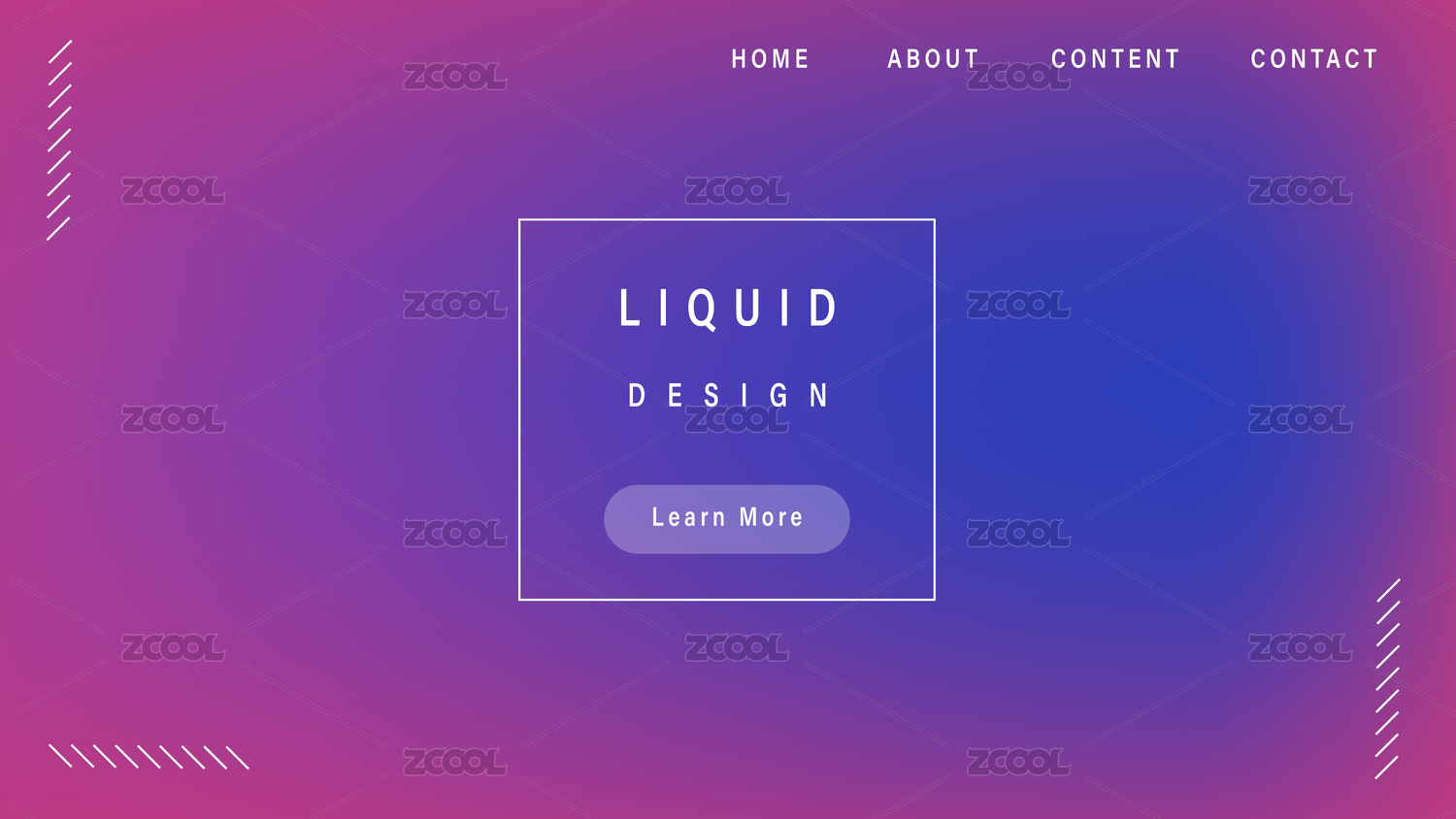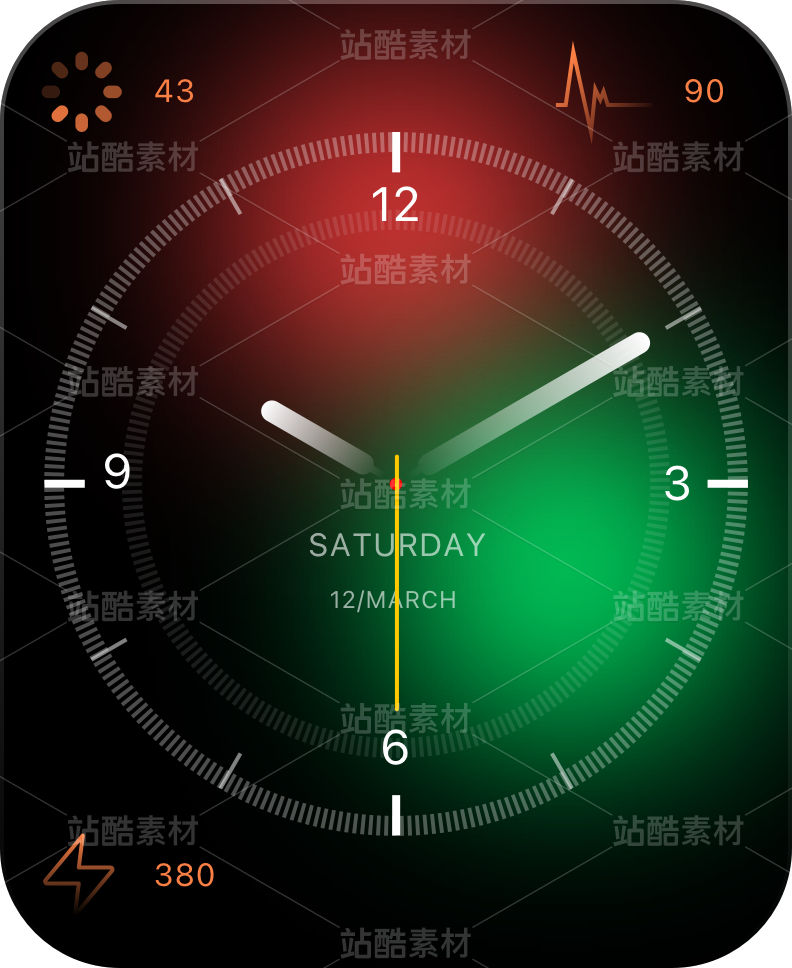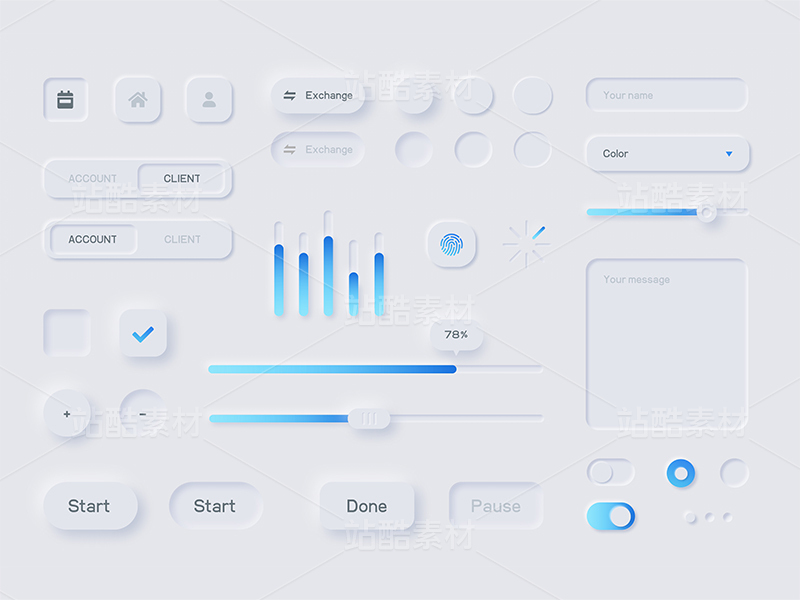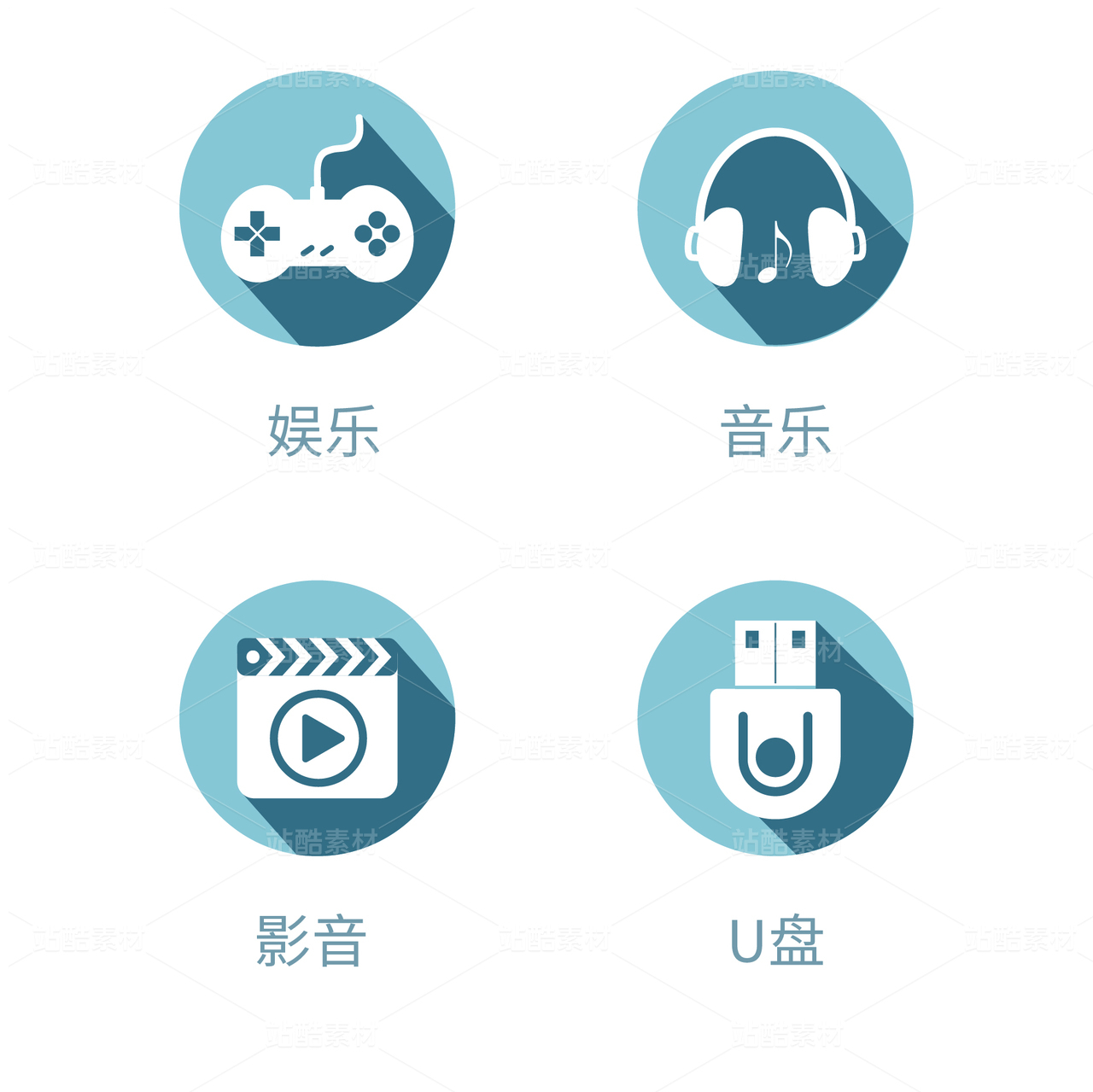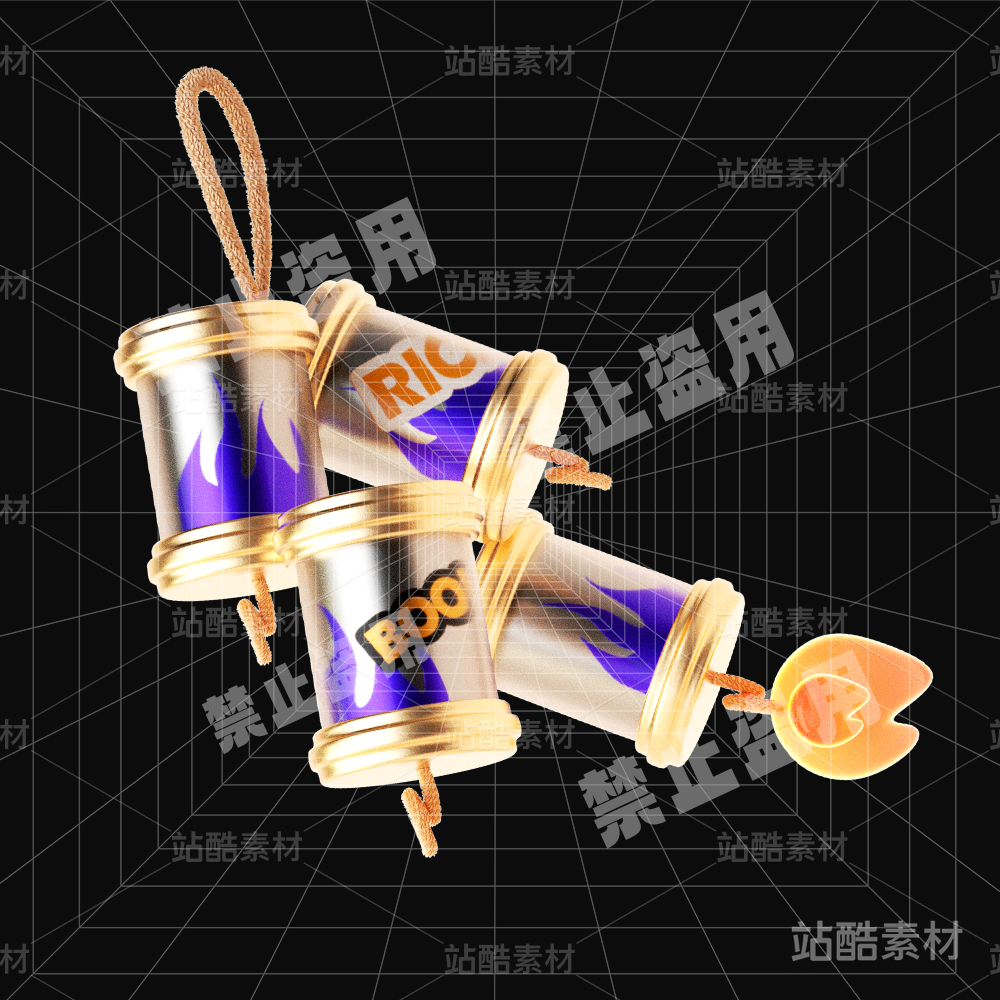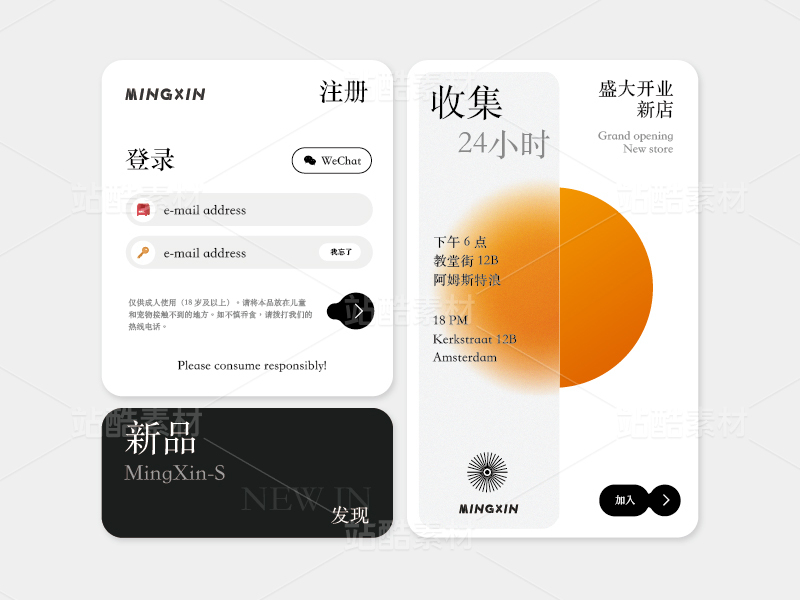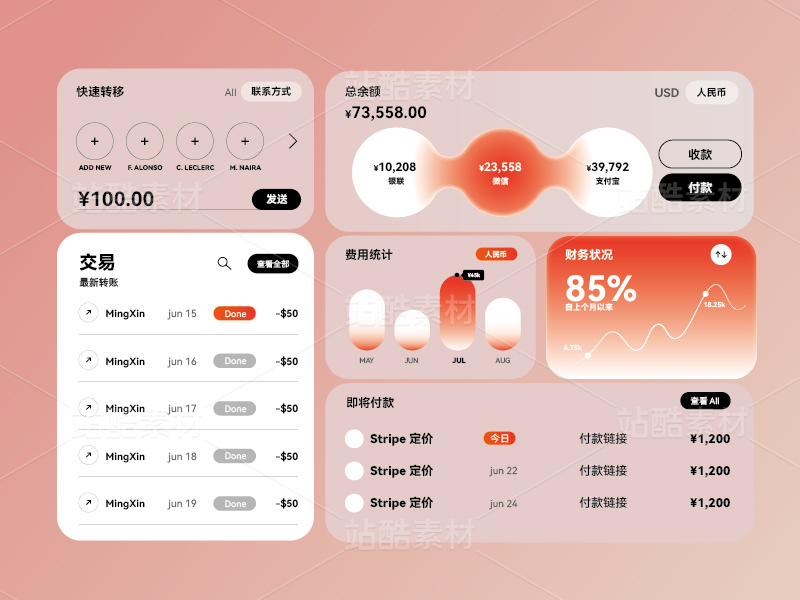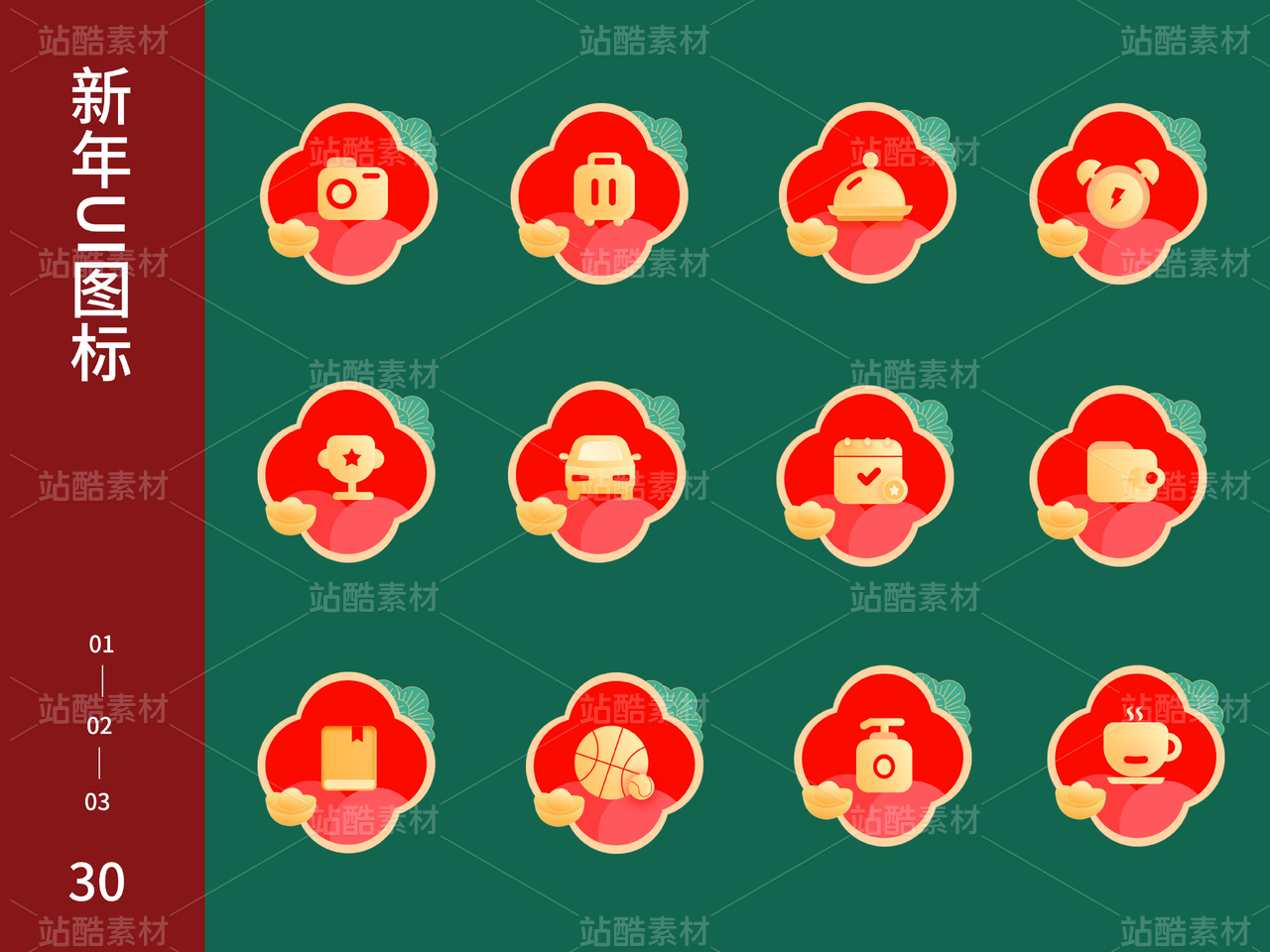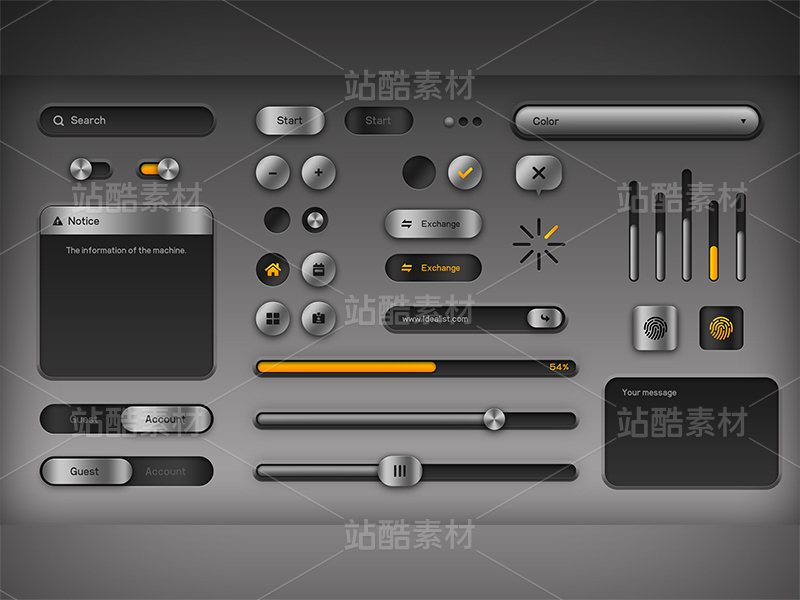REDESIGN POLAR RXC3: Improve usability and experience based on user test
通过可用性测试优化运动手表
Research | Usability test | Experience assessment | Interaction design|3D Model making| Visual design
PRODUCT: POLAR RCX3
Polar RCX3 is a sport watch mainly designed for serious athletes who want to improve their performance into the higher level. Its product ecosystem is shown below.
 Figure 1 Product ecosystem of Polar RCX3
Figure 1 Product ecosystem of Polar RCX3
RESEARCH: USER TESTING
User testing is main method to redesign the product in this project. Some usability and user experience problems afflicting RCX3 are identified and specified by two times of user test. These problems are addressed by the final redesign proposal.
Preparation before test
1)External research
Understand the brand Polar. Compare RCX3 with similar products in the categories of fitness tracker, sport watch and smart watch.
2)Internal analysis
Understand the product components of RCX3, its using context and task flow.
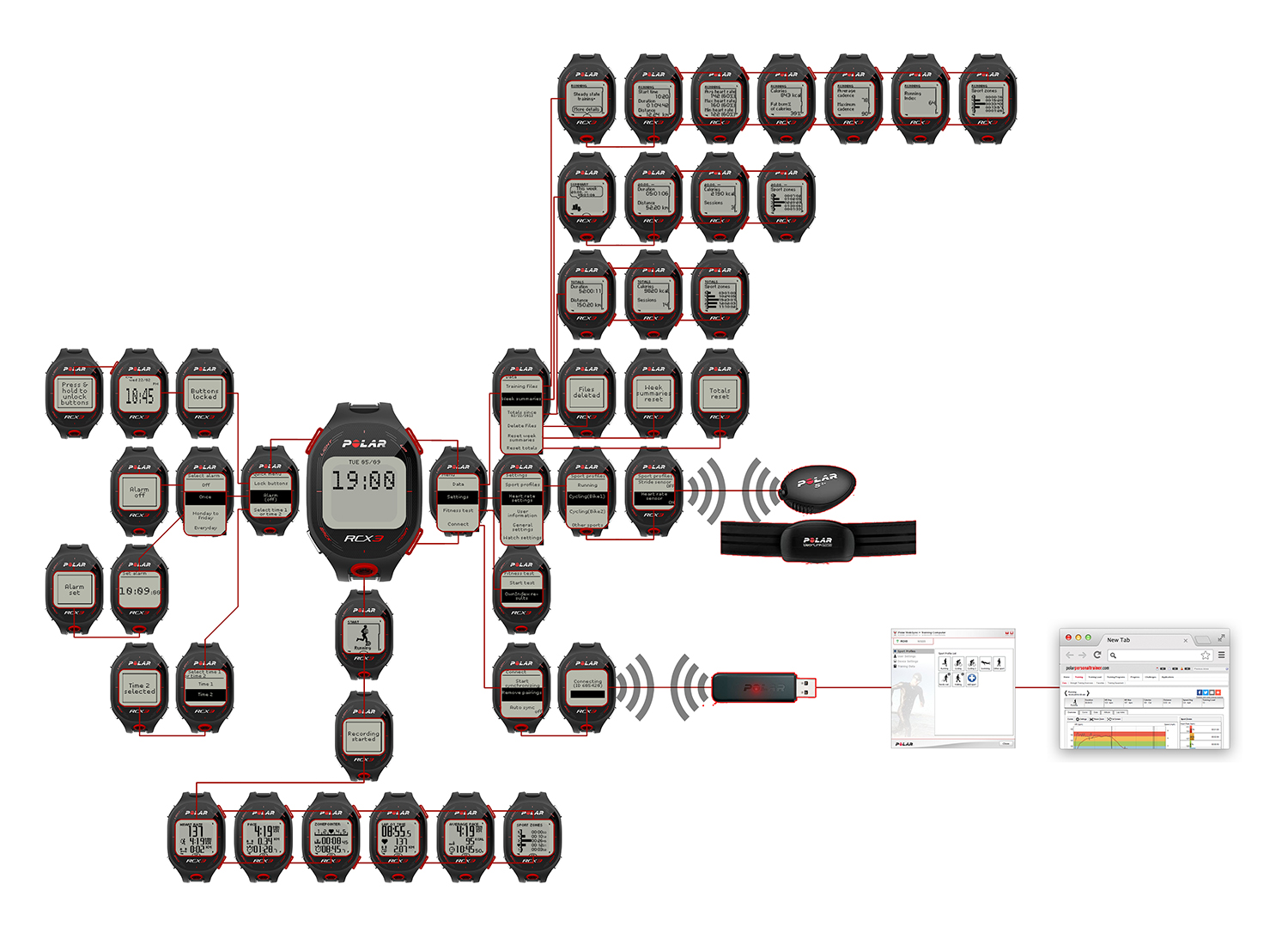
Figure 2 Interface structure
3)Test setup
Assumption were made for possible problems during internal analysis. Based on these assumptions, we defined the objectives of test based on the previous research.
Writing detailed test plan and recruiting participants went parallel. Six experienced runner joined the test who wanted to improve their performance. They went through eleven tasks which covered all the key functions and using context of Polar RCX3, from preparing for a run, on running, to analyzing their performance after the run.
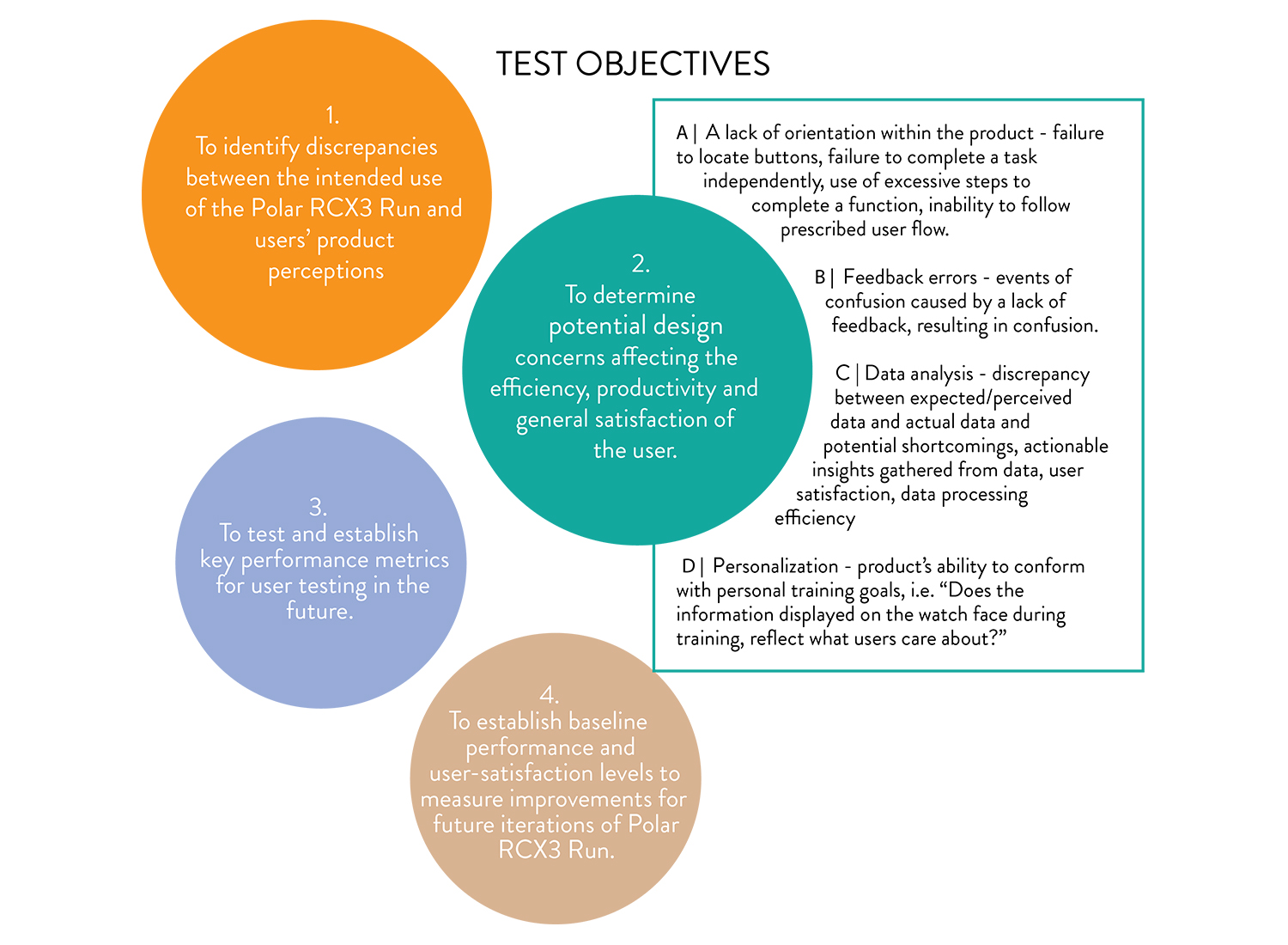
Figure 3 Test objectives
During the test
Two aspects of the product were measured: usability and experience.
1)Usability
Usability issues were identified through task completion recording and error tracking during test. Quantitative data, such as completion rates and time, error rates, indicated the fluency of finishing a scenario. Qualitative data, such as the quotes, operations and errors of participants, helped to define the specific usability problems. The problems are collected in a usability problems database as is shown in the figure.
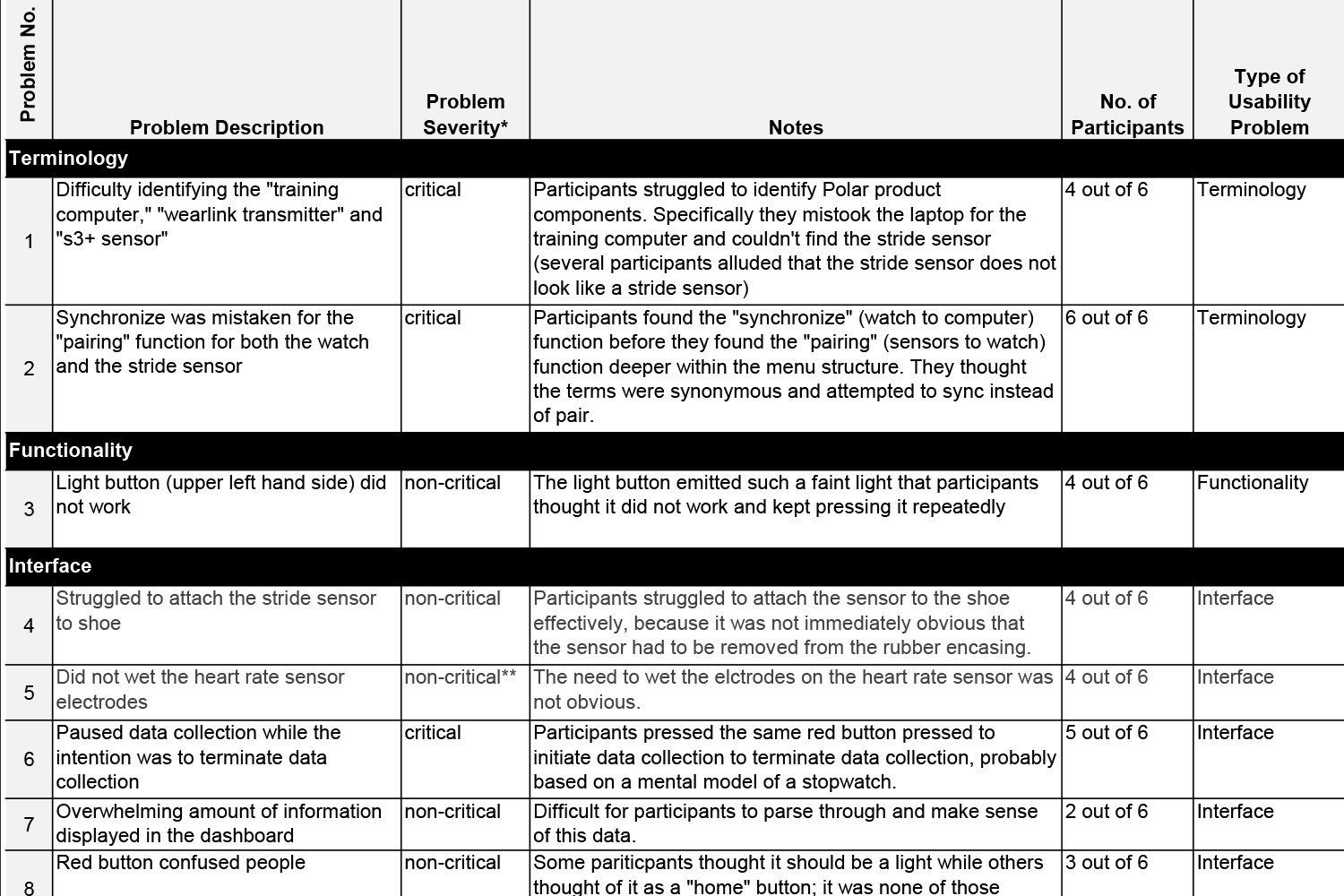
Figure4 Example of usability problems database
2)Experience
The Geneva Emotion Wheel were used to ask how people feel and to test the interaction qualities. Participants marked their emotion, rate the level and tell their reasons after finishing each task. It helps to understand how people experience the product in a measurable and accurate way.
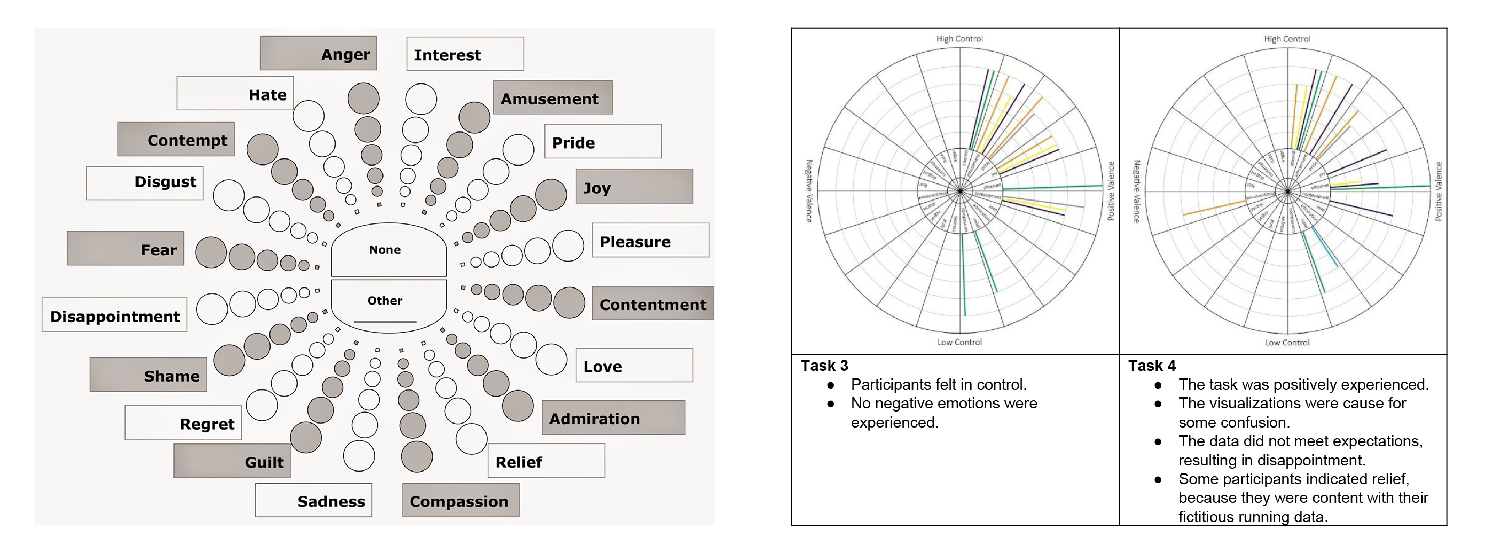 Figure 5 Geneva Emotion Wheel and example of task analysis
Figure 5 Geneva Emotion Wheel and example of task analysis
DESIGN GOAL
The redesign will provide users with the necessary information to be in-touch with themselves, through a seamless experience, to ultimately empower the user to improve their training performance.
REDESIGN
1)Pre-run: Seamless

Sensors are integrated into the watch, which gets rid of the bustle of preparation.
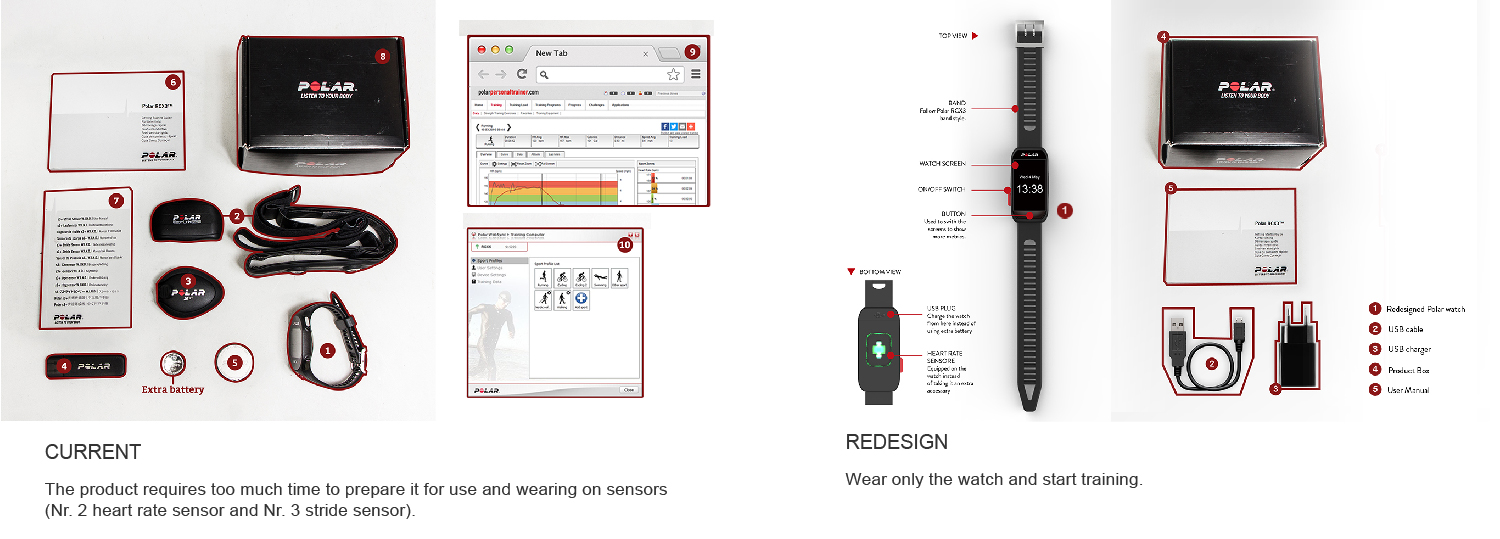
The integration makes the product truely plug and play.
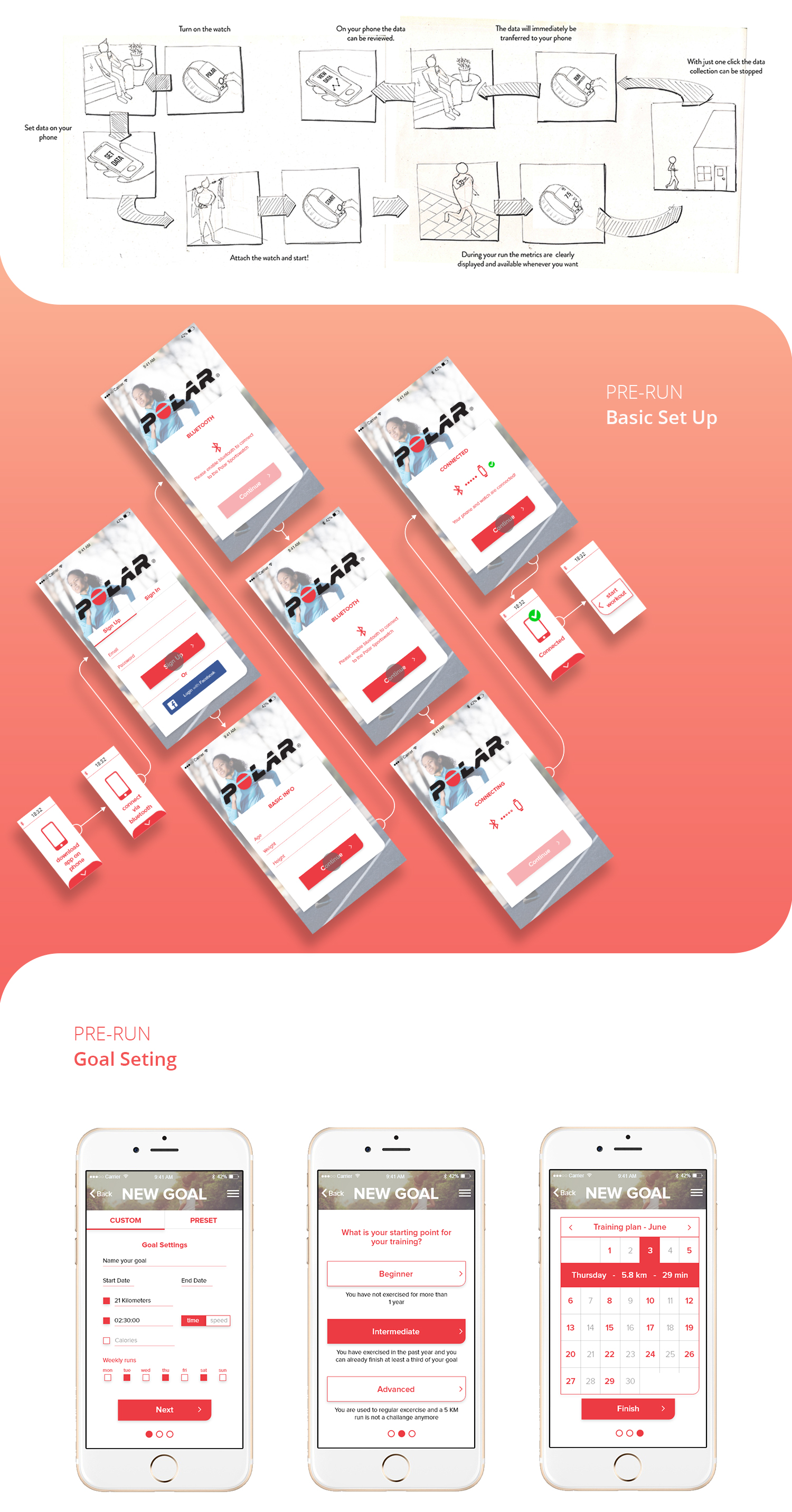
2)During run: In touch
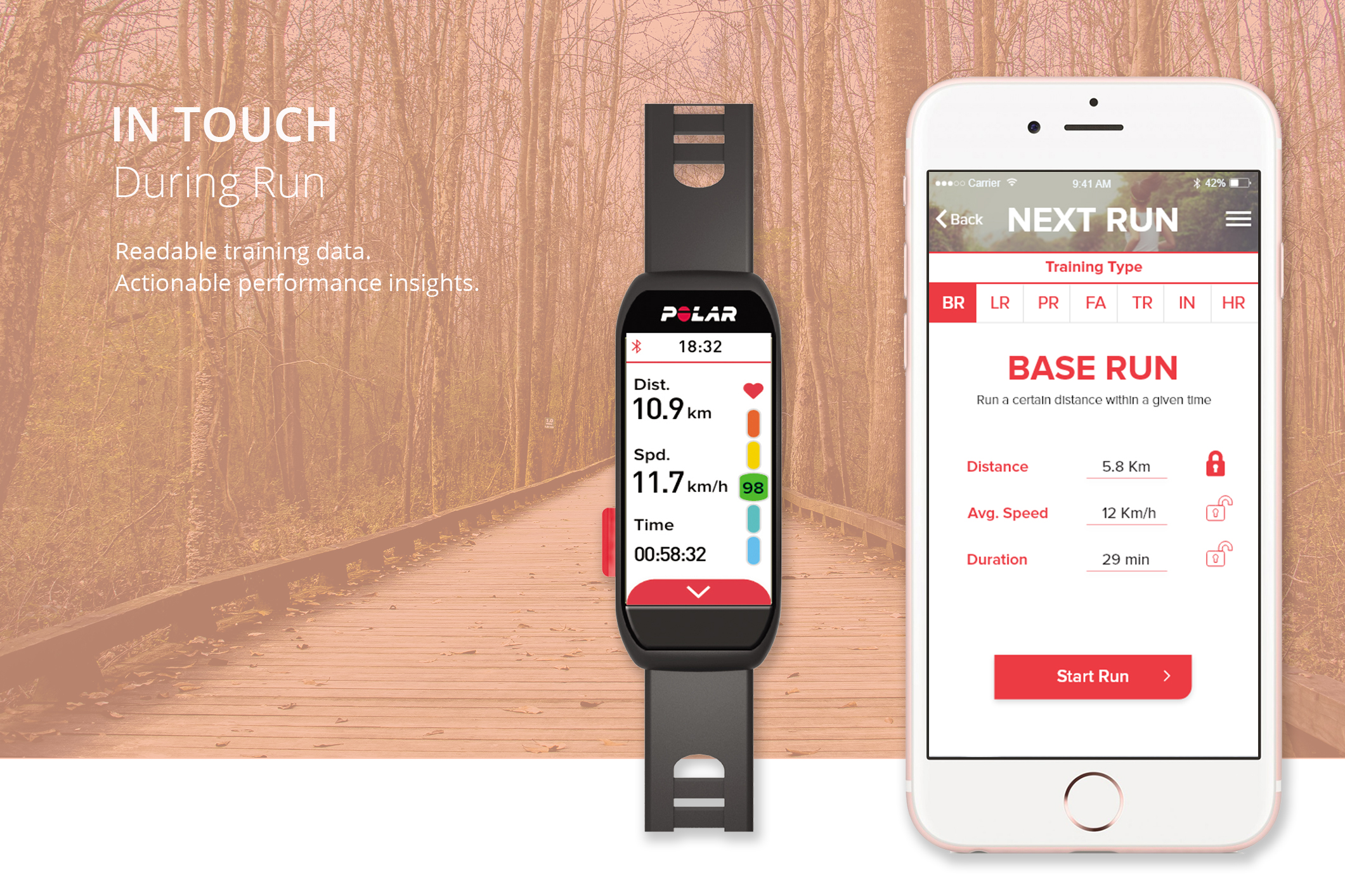
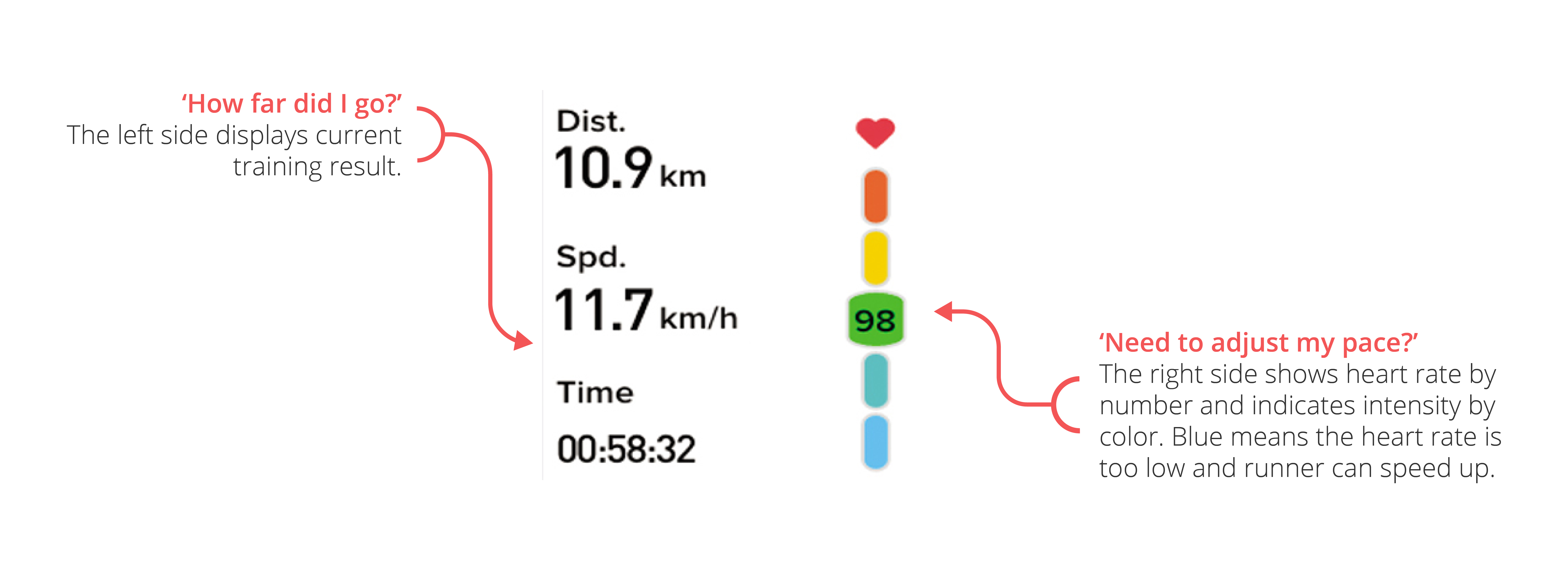
3)Post run: Empowered
